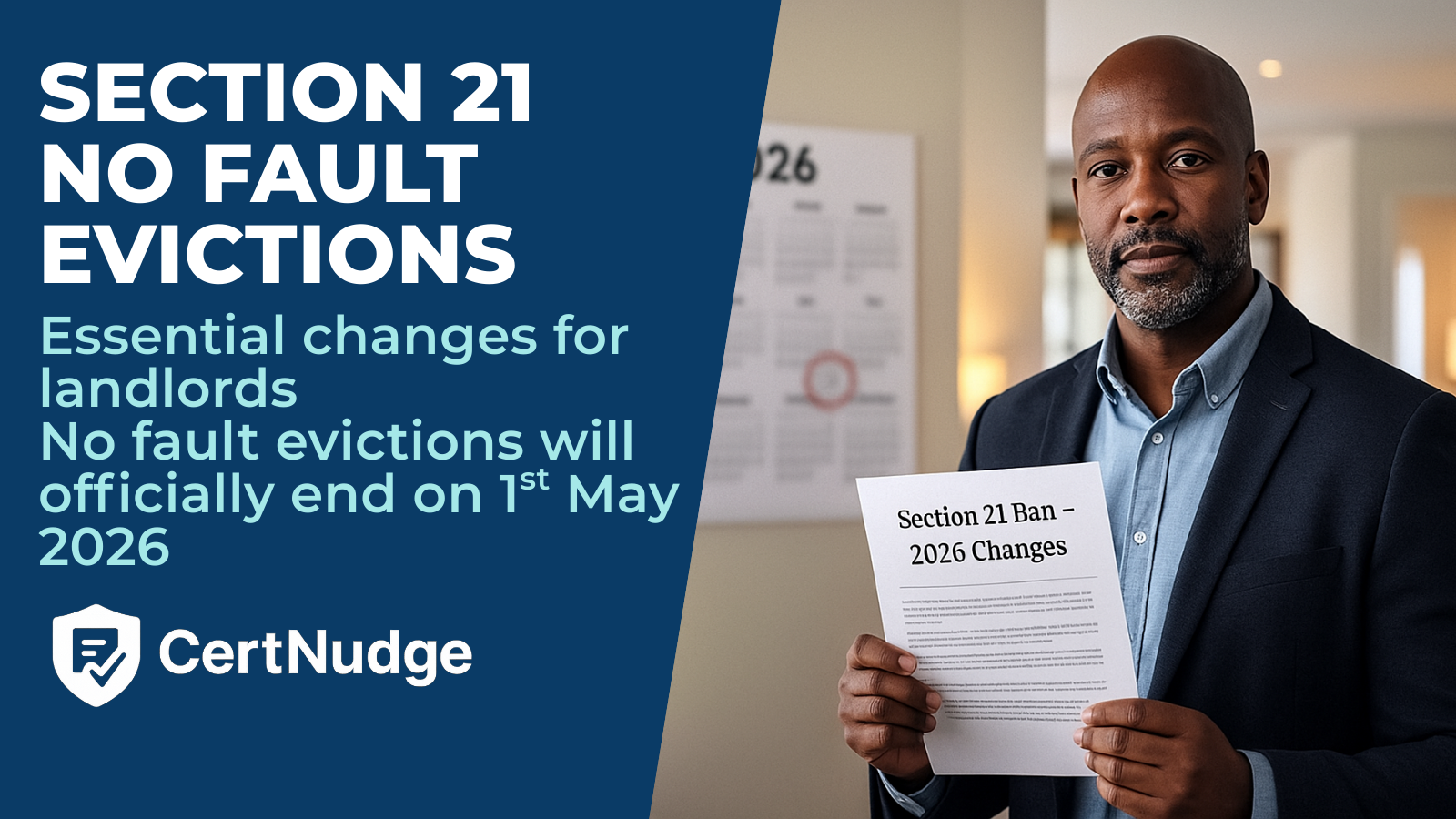
Finding A+Tenants - A landlords guide to screening
Imagine this: it’s the first of the month. You get a text from your tenant that simply reads, “Rent paid - thanks!”. There are no frantic voicemails about parties, no mysterious stains appearing on the carpet, and certainly no midnight calls about “that leak that’s been there for weeks”.
This peace of mind isn't a lottery win; it's the direct result of a robust, repeatable process. It starts long before a tenancy agreement is signed or a key is handed over. It starts with meticulous screening - your chance to see whether the stranger asking for the keys is likely to become the respectful, rent-on-time neighbour you want.
After two decades in the lettings industry, here’s the process I fall back on every single time. Follow this step-by-step guide, ensure your process is fair and consistent for everyone, and you will dramatically stack the deck in your favour. To keep on track, you can download our free Landlord Tenant Screening Checklist to use for every applicant.
1. The Two-Minute Pre-Screen: Your First Line of Defence
Before you spend hours on viewings, a quick pre-screen can save you an immense amount of time. This initial conversation is about establishing the fundamentals: Ideal Move-in Date, Reason for Moving, Income Ballpark, and Pets or Smoking Status. This isn't an interrogation; it's a time-saving exercise for both you and the potential applicant.
2. The Application Form: Get the Details in Writing
Once a prospective tenant has passed the pre-screen and viewed the property, it’s time to get serious. A formal application form is non-negotiable. It formalises their interest and gives you the written information and consent needed for the next steps. Your application form should collect Personal Details, Employment Information, and Explicit Consent for Checks.
3. The Credit Check: Uncovering the Financial Footprint
A credit check provides an impartial look at a person’s financial history. Don't just look at the score; delve into the details of the report for County Court Judgements (CCJs), Bankruptcies, a history of late payments, or "thin file" indicators.
4. Income & Employment Verification: Can They Really Afford the Rent?
This step is about confirming the applicant has the financial stability to comfortably cover the rent. A common industry benchmark is ensuring the tenant's rent-to-income is 30% or less. Verify this by requesting recent payslips, matching them with bank statements, and contacting the employer's HR department to confirm employment.
5. The Previous Landlord Reference: The Ultimate Predictor
Past behaviour is one of the most reliable predictors of future behaviour. A conversation with their previous landlord is invaluable. Ask if the rent was paid on time, about the property's condition, and the killer question: "Would you happily rent to them again?".
6. The Right to Rent Check: A Legal Necessity (England)
In England, this is a mandatory ID check. Failure to comply can result in significant fines. This check must be performed for any adult who will be making the property their main home.
Your legal obligations:
- Use a certified Identity Service Provider (IDSP) or check original documents.
- For non-UK nationals, you may be able to use the Home Office online checking service.
- Take and keep clear copies of the documents.
- For full details, consult the official Landlord's guide to right to rent checks.
Overwhelmed by Certificate Tracking?
Managing expiry dates for Gas Safety, EPCs, and EICRs across multiple properties is a challenge. CertNudge automates the entire process, sending you timely reminders so you never fall out of compliance again.
Learn How CertNudge Can Help →7. How to Spot Red Flags
Sometimes, what isn't said is as important as what is. Trust your gut, but back it up with evidence. Be wary of mismatched documents, a reluctance to provide ID, multiple credit defaults, or applicants who are overly eager to pay a large amount of rent upfront in cash.
8. Making Your Decision (and Documenting It)
Once you have all the information, it's time to decide. It’s good practice to rate each applicant against each category to make an objective choice. Use our downloadable Tenancy Application Scorecard to document your findings and make an informed, fair decision. Crucially, you must document the reasons for your decision and store these notes for six years. Your decision-making process must be fair and non-discriminatory, in line with the Equality Act 2010.
9. How to Say "No" Professionally
If you decide against an applicant, do so professionally. If your decision was based wholly or partly on information from a credit report, you must inform the applicant via an adverse-action notice.
10. How to Say "Yes" and Onboard Your New Tenant
Congratulations! When you've found your A+ tenant, the final step is to formally offer them the tenancy and get it set up correctly. You can use our Offer of Tenancy Letter Template as a starting point. Please note: this is a template and should be reviewed to ensure it meets your specific legal requirements.
Before they move in, you must:
- Protect their deposit in one of the government-approved tenancy deposit schemes.
- Serve them the required documents, including the latest version of the 'How to Rent' guide, the Gas Safety Certificate, the Energy Performance Certificate (EPC), and the Electrical Installation Condition Report (EICR).
Free Landlord Templates & Resources
Download these free documents to streamline your tenant screening process. Use the PDF to preview and the editable DOCX to customise.
- Landlord Tenant Screening Checklist:
Use this checklist to ensure you complete every crucial step in the tenant screening process consistently and fairly for every applicant.
Download: PDF (Preview) | DOCX (Editable) - Tenancy Application Scorecard:
This scorecard is designed to help you assess tenancy applications objectively and consistently. Use one form per applicant to document your findings.
Download: PDF (Preview) | DOCX (Editable) - Offer of Tenancy Letter [Template]:
A customisable template for formally offering a tenancy to your chosen applicant. Remember to have it reviewed to ensure it meets legal requirements.
Download: PDF (Preview) | DOCX (Editable)
Frequently Asked Questions
- Do I need to run Right-to-Rent checks on sub-tenants or lodgers? Yes. Any adult who will use the property as their main home must be checked.
- What if an applicant is good but has a weak financial history? This is a common situation, especially with students or young professionals. In these cases, you might consider asking for a guarantor. A guarantor is a third party (usually a parent or close relative) who signs a legal agreement to cover the rent and any damages if the tenant fails to do so. You must screen the guarantor just as you would a tenant, ensuring they have sufficient income and a strong credit history to cover the tenant's obligations.
- How long should I keep tenant screening records? You should keep the complete screening files for six years. After a tenancy ends, you should delete any data that is no longer necessary 12 months later.
Finding an A-grade tenant isn't about luck; it is a methodical, repeatable process. By following these steps—pre-screen, verify, cross-check, decide, and document—you protect your investment, minimise your stress, and create the foundation for a positive and professional landlord-tenant relationship. Follow the guide and enjoy stress-free letting.


